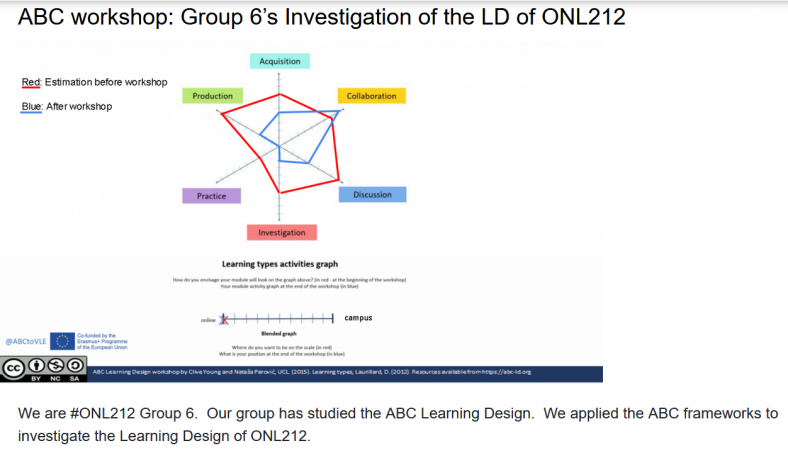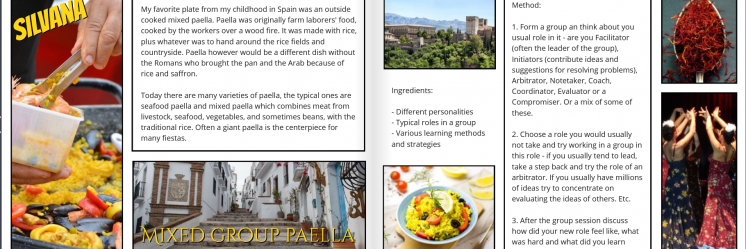Design for online and hybrid learning
In 2020 after the breakout of Covid-19 there was a need in many Universities worldwide for a quick transition from onsite to online learning and teaching. Online methodologies and technology were re-evaluated and the terms ‘blended’, ‘online’ and ‘hybrid’ were loved and hated. The quick transition was stressing for all, but above all for teachers and students.
What makes “good” online teaching? First we need to look at what consist of teaching – there is the teacher, student, the place where learning takes place – in this case it would be the learning platform and all technology used to enhance learning. Then there are aspect such as curriculum which is bounded by time and economy. Professor Richard Elmore [1] presented a conception organized around two axes: hierarchical individual/collective and distributed individual/collective. This theoretical framework aims to help identify where organizations/individuals land and how they wish to evolve.

Based on the model our group decided to try out the ABC learning design toolkit which one of us had luckily used previously. We arranged a workshop where we analyzed the design of the course Open Networked learning. The aim was to learn the tool so we could use it for our own teaching in the future. This might be a nice tool to view how hybrid differs from traditional on-campus course design.

The term hybrid has many connotations and therefore should be defined. Sometimes it is used as synonym for blended learning but mostly it is seen as a model of teaching where students may attend to sessions on-campus or online and teaching takes place in both at the same time. Also the term Hybrid flexible has been used. Where hybrid model is mostly synchronous the Hybrid Flex model adds an asynchronous aspect so that learning can take place outside preset class sessions. The HyFlex model is especially beneficial to students with special needs. Milman et co. [2] presented a scenario where a severe and irregular migraines caused a difficulty to attend regular class sessions. The HyFlex model offered a nice solution.
When I plan a hybrid course, some of the aspects consider are:
1) What are my expectations to hybrid teaching, and what are the students’ expectations? Do they overlap well enough? I should explain the hybrid structure as well as possible since the format is relatively new to me and to my students.
2) Do my onsite materials serve well in my hybrid class? Which tools are essential and which would be nice to have? Perhaps I could create a visual tool such as a chart or a timeline to help the students navigate in online. The visual mapping of the course would help also me constructing the course.
3) Since I’m using online tools, I should determine which part would consist of synchronous face-to-face learning and which part could include self-paced activities such as videos, quizzes (with automatic grading) and asynchronous group discussion or writing/creating content.
Since most likely there’s something I haven’t considered I should a) hear feedback and be ready to redesign: see the strengths, accommodate for weakness and be forgiving b) be careful not to create too much work, the new setting might take more time c) value also online interaction and tend to create the sense of togetherness d) at some point I might need help, talk to others and get help from my institution f) accept that all new creates more critique, and critiquing anonymously online is easy – try to gather and build from feedback abut also realise that you cannot please all.
A 360 visual from our Aalto hybrid studio: https://www.thinglink.com/mediacard/1501843579960557571?autoplay=1&autorotate=1
[1] Elmore R. 4 Learning modes.
https://knowledgeone.ca/elmores-4-learning-modes/
[2] Milman N., Irvine Kevin V., Miller K., Saichaie K. 7 Things You Should Know About the HyFlex Course Model. EDUCAUSE Learning Initiative (ELI) Collection(s): ELI 7. (2020)
https://library.educause.edu/-/media/files/library/2020/7/eli7173.pdf

Responses